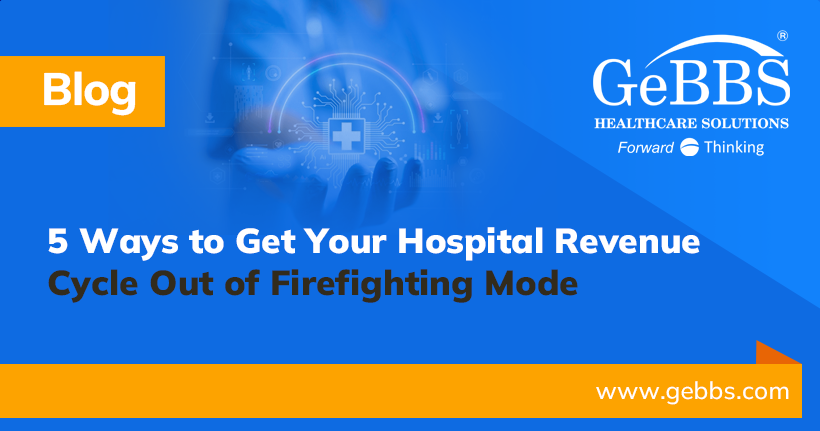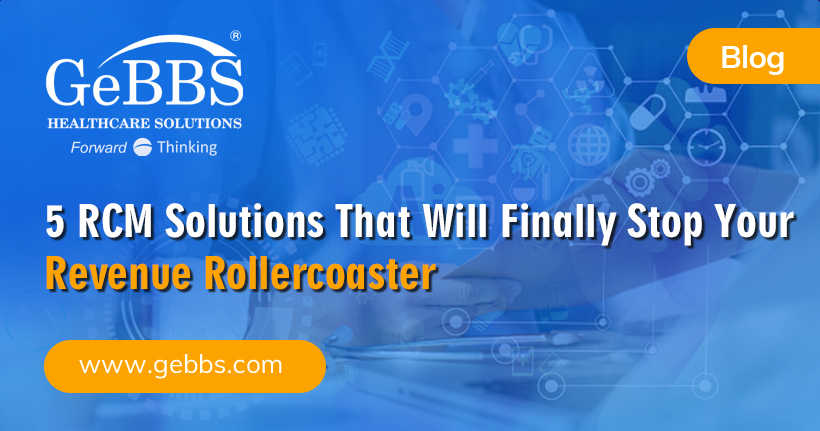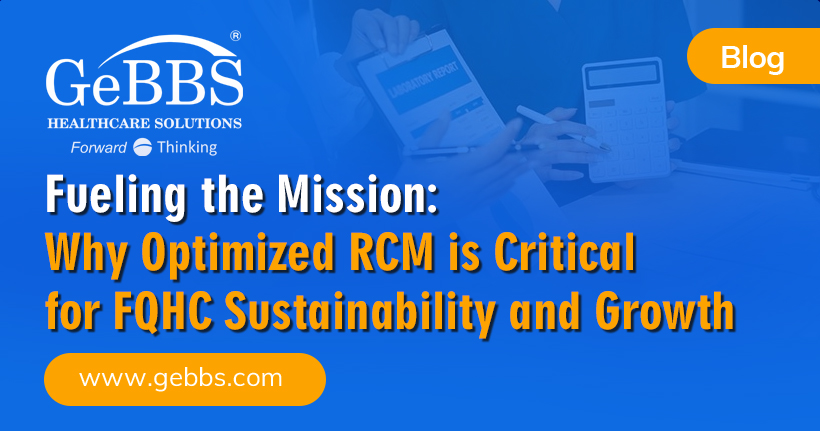Patient-centric care is a healthcare model that emphasizes the patient experience. It requires a multifaceted approach that redesigns care plans that focuses on patients as individuals and their success and satisfaction.
Patient centricity has a number of advantages for healthcare organizations, including improved patient outcomes and business. Patients have shortened hospital stay lengths, decreased need for healthcare resources, and a reduction in readmissions. Providers, payers, and patients benefit from a taking a patient-centric approach that focuses on the patient as an individual instead of part of a whole. However, it does require reevaluating long-held beliefs and readjusting entrenched practices.
As patients demand more control and respect in their healthcare journeys, businesses must take note and make changes. While transforming to patient-centricity may seem overwhelming initially, there are more tools and resources than ever to make it as painless as possible. Here are some practical steps to developing a patient-centric business model for your healthcare organization.
Embrace Organizational Change
The patient-centric business model is a fundamental shift in how providers and payers approach medicine and patient care. Rather than make a few minor tweaks, patient centricity requires that companies make changes in an organization-wide effort. Changing the mindset and culture is the most significant and crucial step in creating a business focused on the patient’s needs.
While most think about a patient’s experience at the doctor’s office when implementing a patient-centric model, it requires action in every part of healthcare. From customer service answering the phone to IT developing and supporting technology, each department and system must work together to create vital, long-lasting changes.
Whether changes are best made from the top-down or bottom-up approach depends on your company culture and employees. For some companies, changes that start with leadership increase buy-in and encourage transformation across the organization. For others, the employee’s ability to initiate and effect changes in the bottom-up approach fosters enthusiasm. One study found that healthcare professionals were likelier to embrace changes when they influenced them.
The entire system must work harmoniously to create the changes necessary for a patient-centric organization. Prepare your employees for these changes and explain to them the benefits of these changes to patients and the business to encourage success.
Map the Patient Journey and Set KPIs
Start your patient-centric journey by deciding and defining the goal of patient outcomes. Outlining key performance indicators (KPIs) will help your organization practically lay out the critical goals and focus on making the patient the focus. Some KPIs that payers track, for example, include:
- Processing times
- Total days in enrollment
- Monthly collections
To create a model that centers around the patient’s experiences, you must understand what the patient is going through, their emotional state, and how they engage with your organization. To get these insights, map out the patient’s journey from start to end. Describe the experience that you wish your patients have and the preferable outcomes.
Embrace the Future: Digital Technology for Healthcare
Digital technology and data are critical to engaging with stakeholders efficiently. They provide actionable insights to fuel decision-making and better patient care. To make a patient-centered model a reality, your organization needs to be able to interact and react to situations in real-time to accommodate patients.
In addition, empowering patients with technology is a critical way to improve their overall experience with your organization. Scheduling, gaining pre-authorization and making payments are challenging to navigate in healthcare because it centers around manual processes. These processes center around the convenience and needs of the organization rather than the patient. They often leave patients feeling frustrated and confused.
The right technology shifts this organizational model to patient-centricity because it makes patient care the priority. Digital tools streamline the scheduling, verification, authorization, and payment processes to simplify and streamline it for the patient for a painless experience.
Choose a Patient Engagement Representative
The patient’s perspective needs to be a part of the conversation, but it can easily be lost when it is not seen or made a priority. To ensure that their voice is heard, appoint someone within the organization to represent the patient’s needs, viewpoints, and goals. The role requires defining a good patient experience and what it looks like to the patient and organization.
The patient engagement representative ensures that the patient experience is considered across the entire care journey. The role is essential to provide needed perspective and a voice of dissent when organizations fail to consider the impact on the patient.
Use Feedback Channels
The best way to gauge whether organizational changes are creating an improvement is to get their direct input. Payers and providers benefit significantly from patient insights for each part of their journey. To get as much feedback as possible, use multiple channels where patients can express their praise, concern, or suggestions. Ensure that patients can reach out to your organization through social media, website, email, and phone.
Empower Patients through Your Business Model
Both payers and providers can no longer ignore the patient’s individuality in their health. Patients are more invested in their health and treatment than ever before, and healthcare needs to take notice. In fact, Google gets more than 1 billion health questions every day, or 70,000 inquiries every second. The patient experience must be considered at each point of their journey, from scheduling the appointment to treatment to payment.
Companies must utilize technology to provide consistent care, glean patient insights, and understand the individual factors of patients. It’s impossible to implement a patient-centric model without technology. It creates a streamlined, transparent, and simplified process that benefits patients and organizations.
GeBBS HealthCare Solutions
Here at GeBBS Healthcare Solutions, we take the patient’s experience seriously. We help organizations provide a seamless and simplified patient experience that benefits patients and businesses. Our technology and workforce management emphasize a patient-focused approach with end-to-end services.
GeBBS is proud to be recognized as a Leader by Everest Group’s Revenue Cycle Management Operations, one of Black Book Market Research’s Top 20 RCM Outstanding Services, one of Inc. 5000’s Fastest-Growing Private Companies in the United States, one of Market Research’s Top 20 RCM Outstanding Services and one of Modern Healthcare’s Top 10 Largest Revenue Cycle Management Firms.
To see how we can help you streamline contact and improve patient satisfaction, connect with GeBBS today at gebbs.com.






